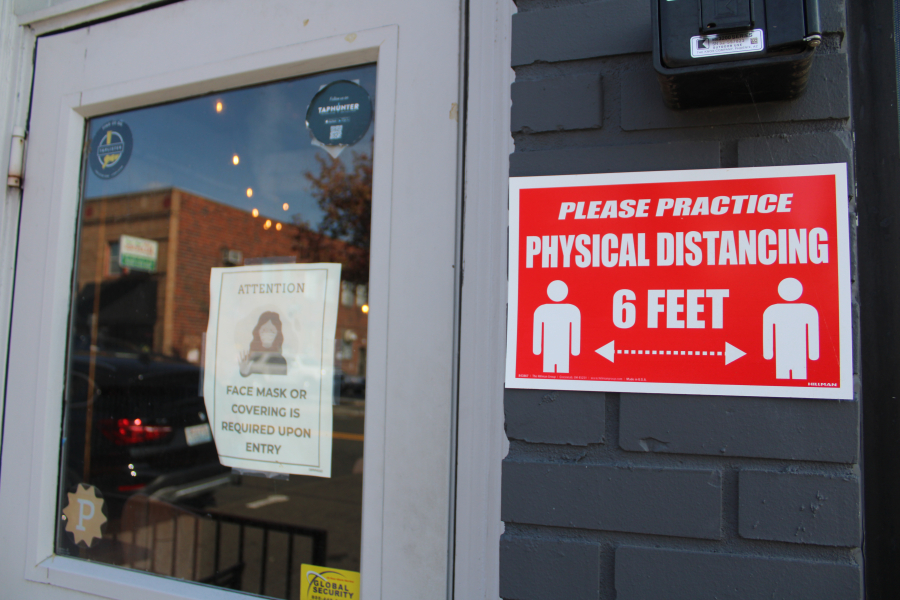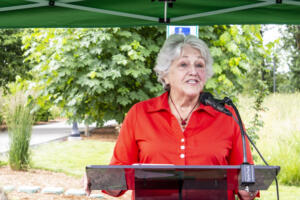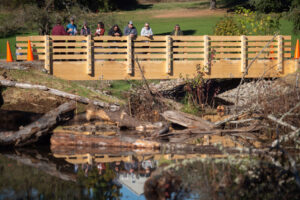The cities of Camas and Washougal are set to receive a total of $11.3 million from the $1.9 trillion American Rescue Plan Act (ARPA) signed into law by President Joe Biden on March 11, 2021.
Both cities received the first half of the dedicated ARPA funds in June 2021, and will receive the second half this summer. In total, the city of Camas is set to receive $6.8 million in ARPA funds, while Washougal will receive a total of $4.5 million.
Leaders in both cities say they will reach out to community members before deciding how to use the majority of the pandemic relief money.
Camas allocates $80K for utility assistance
The city of Camas will receive the second of its two $3.4 million ARPA installments on June 27.
Camas officials have already OK’d the expenditure of some ARPA funds, including a little more than $80,000 to help residents struggling to pay their utility bills. City officials also have indicated the city will likely spend about $1.4 million from the federal funds to cover some of the costs associated with replacing the city’s enterprise resource planning (ERP) software system that helps Camas staff manage the city’s day-to-day operations.





